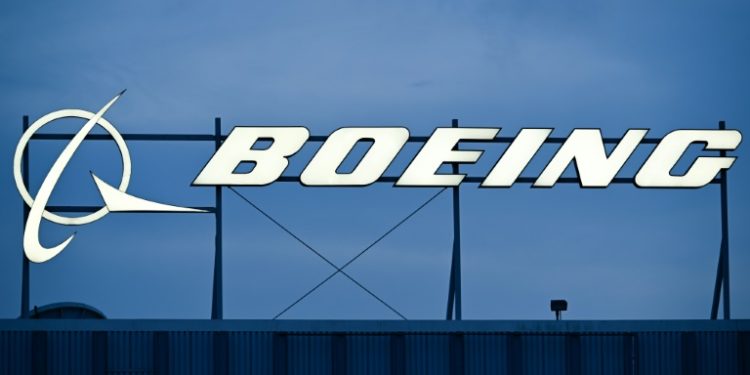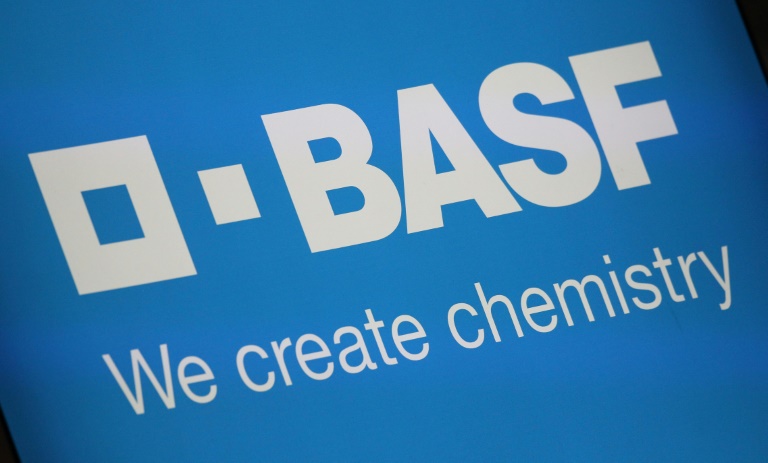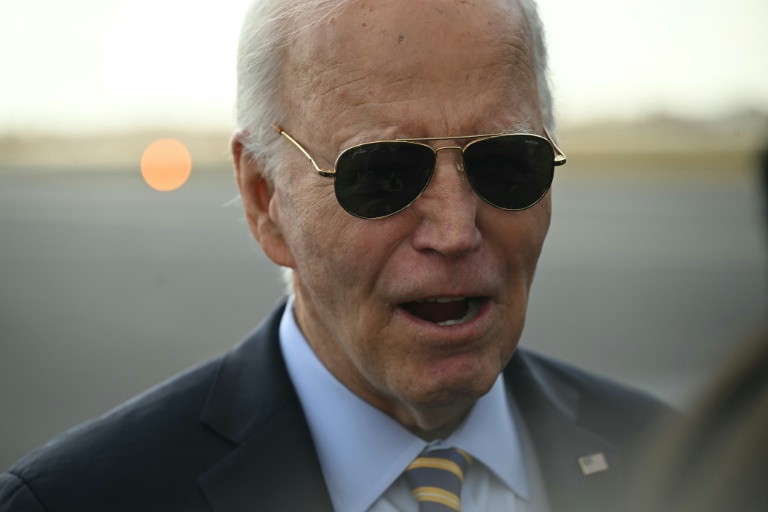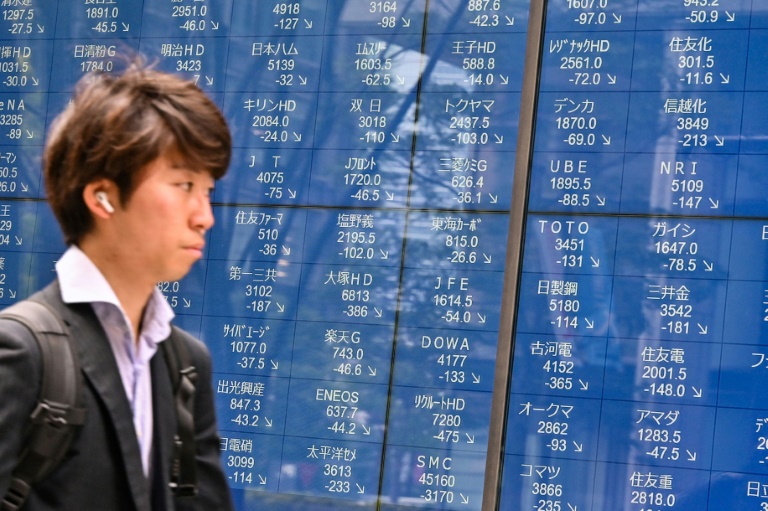New York (AFP) – Boeing announced a stock offering on Monday expected to raise up to $19 billion, saying proceeds will go towards repaying debt and investing in its subsidiaries. The aviation giant’s move comes after it reported a whopping $6.2 billion quarterly loss last week in the wake of a paralyzing labor strike. The securities are expected to help the embattled company navigate a precarious financial situation without imminent threat of a credit rating downgrade.
Boeing did not specify the timing of the offering, but said it will sell 90 million shares of common stock — valued at around $13.9 billion at current market prices — in addition to $5 billion in depositary shares. “Boeing intends to use the net proceeds from the offerings for general corporate purposes,” the company said in a statement. These include, “repayment of debt, additions to working capital, capital expenditures, and funding and investments in the company’s subsidiaries,” it added.
If oversubscribed, Boeing could potentially sell additional securities worth as much as $3 billion more for a total of $22 billion. The offering comes as Boeing faces myriad problems following safety lapses on commercial planes, problem-filled space projects, and cost-overruns on defense contracts. The company is on track for its sixth straight annual loss.
During an October 23 earnings conference call, Chief Executive Kelly Ortberg, who joined Boeing only in August, outlined steps to improve the company culture and streamline its mission, telling analysts Boeing should be “doing less and doing it better than doing more and not doing it well.” But Ortberg’s plans hit another stumbling point later that night when a machinist union voted down Boeing’s latest contract offer, extending a walkout of some 33,000 US workers that has shuttered major assembly plants in the Seattle region since mid-September.
Boeing faces a continued cash crunch until the strike is resolved and it manages to ramp production back up. Even before the strike, Boeing had been forced to limit output of the 737 MAX under a federal order after an incident in January in which an Alaska Airlines jet made an emergency landing after suffering the blowout of a fuselage panel. “The approximate $19 billion in cash to be raised likely keeps them investment grade through the end of 2025 based on what we know today,” Third Bridge analyst Peter McNally said Monday. McNally pointed to comments from Boeing last week that were more optimistic about cash flow in the second half of 2025. But since that time, the machinist union voted to extend the strike. “The situation remains dynamic,” McNally said.
– Bruising strike – Since Ortberg’s arrival, the company has announced measures to strengthen its cash position including a 10 percent reduction in its global workforce, amounting to around 17,000 positions cut. It is also considering the possibility of selling its space business, which includes its problem-plagued Starliner vehicle, according to a report in the Wall Street Journal on Friday. Meanwhile, the strike by Boeing workers has continued after union members rejected a new contract offer on Wednesday. Almost two-thirds (64 percent) of the members of the International Association of Machinists and Aerospace Workers District 751 rejected the preliminary agreement, prolonging the walkout of thousands of Seattle-region employees.
The latest Boeing contract offer included a 35 percent pay rise over four years and a one-time signing bonus of $7,000. However, the deal did not restore a company pension axed a decade ago, a major sticking point for older workers. The strike has halted activity at two factories that assemble the 737 MAX and 777, costing an estimated $7.6 billion in direct losses — including at least $4.35 billion for Boeing and almost $2 billion for its suppliers, according to the Anderson Economic Group consultancy. The offering announced Monday addresses “a timing issue” in terms of cash that has been exacerbated by the latest union vote, said Cai Von Rumohr, an analyst at TD Cowen. Shares of Boeing fell one percent in afternoon trading.
© 2024 AFP






















